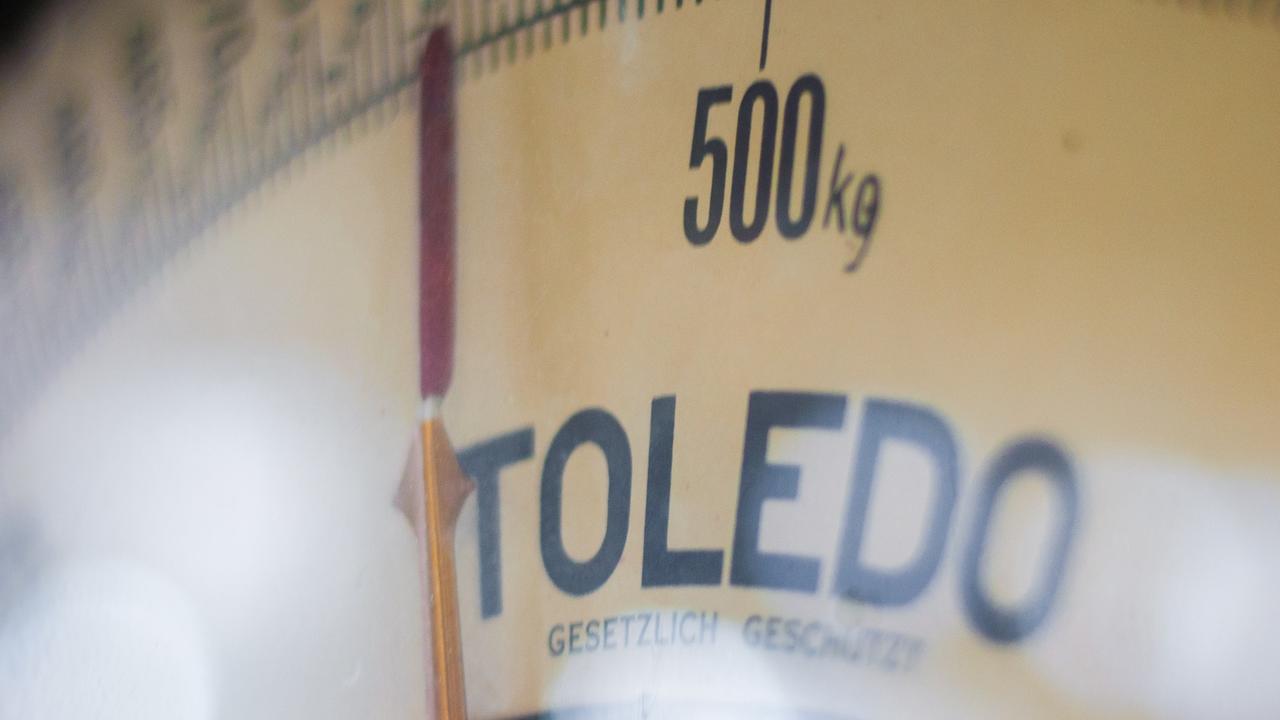When 'More is More' Becomes 'More is Less'
Apr 28, 2020
There is nothing wrong with the ‘more is more’ concept. Up to a certain point. If you pass a certain point, you suddenly find that more becomes less. Here's another concept that I discovered during my corporate career that has helped me greatly in my personal life: the optimum return to scale.
The Returns to Scale is a concept in economics that explains what happens to the output if you gradually increase the input. There are three laws governing this principle and a fourth, extreme one:
1. Increasing Returns to Scale.
As input increases, output increases by more than the proportional change in inputs. In other words, the more we do, the more we get. The more we study, the more we know. The more we prepare for a presentation, the better we are able to deliver it. The more data we have, the better the decision we are taking. Up to a certain point, more is more.
2. Constant Returns to Scale.
In manufacturing, this is referred to as output increasing at the same rate as input. Looking at the bigger picture, you can think of it as ‘more is equal’. After a certain point is passed, more data gathered or analysed for a decision will not increase the quality of that decision. Studying more for an exam will not influence the general outcome any longer. Checking the accuracy of a spreadsheet one more time will not have an impact on the overall accuracy any longer. Why is this? Because we have reached the ‘enough’ point.
3. Decreasing Returns to Scale.
In manufacturing, this is described as outputs increasing at a reduced rate from the proportional increase in input. Looking at the bigger picture, it means more is less. A time comes when the more you do, the less you get. Studying more for an exam the night before might make you feel too tired to actually be in the best shape when you take it. Gathering more data than necessary for an analysis might cause confusion and you might miss the main point. Over-preparing for a presentation might lead you to project a non-authentic and less credible image. We have all been there and we can relate to when more leads to less. Going further in this direction might push us into a fourth, extreme case:
4. Negative Returns to Scale.
This happens when increasing inputs over a certain limit leads to a failure of the output. Looking at the bigger picture, this is when we have pushed ourselves so much that we need to take time off to recover. Or when we try to impress our new boss and show her so many things that we end up irritating her, producing the exact opposite effect.
Know where you are on this curve. Keep in mind that there is a point where ‘more is more’ turns into ‘more is less’ and if you keep pushing past that, you might end up with ‘more is nothing’. Don’t try to do too much.
Find your point of optimum balance on this normal distribution curve and stick to it in everything that you do.
Stay connected with news and updates!
Join our mailing list to receive the latest news and updates.
We hate SPAM. We will never sell your information, for any reason.

